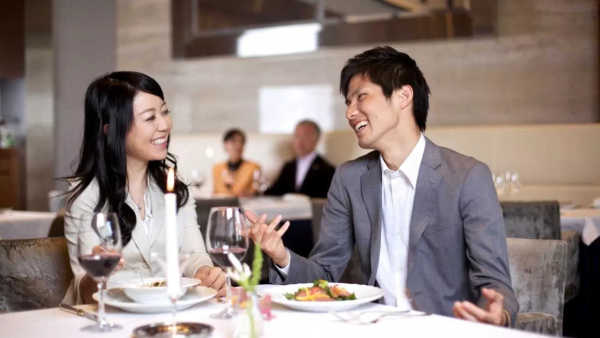The digital age has changed the arena of dating and has made it a real filled with new rules, terms, and viral trends that influence how people actually look at relationships these days!
Much about the dating trends has also been influenced by how GenZs bring in new terms related to dating and how people interpret relationships. Among these emerging ideas, the “beige flag” has caught the attention of millions online.
The internet has turned these minor details into a collective dating language. The beige flag phenomenon shows today’s culture of quick sharing, fleeting judgments, and self-expression, where even the smallest quirks can become trending topics. Yet beneath its humour lies a larger conversation about tolerance, individuality, and how social media influences our perceptions of relationships.
Where the term came from
The term “beige flag” first became popular on TikTok, where users began posting videos about their partners’ slightly strange yet harmless habits. It instantly became a viral shorthand for behaviours that are neither appealing nor alarming but simply puzzling. The trend was well related by younger audiences who often use humour to talk about relationship dynamics.
What beige flags really mean
Unlike red or green flags, beige flags don’t give any potential warnings or promises. They sit in the neutral zone, having behaviours that make someone seem a little dull, odd, or overly predictable. A partner’s love for explaining movie plots mid-scene or obsession with correcting grammar can be a beige flag. Such habits don’t usually end relationships, but can test patience. While sometimes amusing, prolonged beige flag moments may leave people wondering if comfort has replaced excitement in their relationship. However, these harmless behaviours might just mean that the two partners are not just compatible.

The fine line between quirks and concerns
For some people, especially those used to traditional gender roles, a little mess or careless shoe-tossing might not seem like a big deal. Someone still in the honeymoon phase might even mistake red flags for beige ones. Others, aware of their own quirks or annoying habits, may be more forgiving toward their partner’s.
In many ways, the beige flag is the opposite of “the ick,” a term that went viral not long ago. The ick describes the sudden feeling of discomfort or disgust toward a partner, sometimes caused by a specific action, sometimes just a gut reaction, and it often ends a relationship. A beige flag, however, signals something that’s tolerable, maybe even endearing over time. Some say it’s not quite a red flag, but still something to keep an eye on.

What it says about modern relationships
The beige flag trend shows how today’s dating culture has become more playful and also more self-aware. It shows a generation that values self-awareness but sometimes struggles with patience and acceptance.
By labeling minor quirks, many use humorous ways to tackle discomfort, yet it also exposes a low threshold for imperfection. Conclusively, beige flags tell us that love isn’t about flawless compatibility; it’s about appreciating the small, awkward habits that make people special and relationships more real.
Contact to : xlf550402@gmail.com
Copyright © boyuanhulian 2020 - 2023. All Right Reserved.